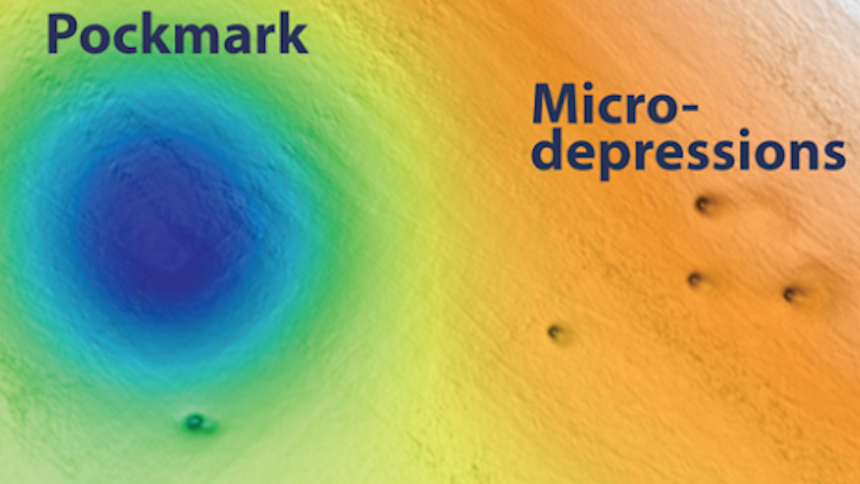Researchers find holes in seafloor off Big Sur

BIG SUR, Calif. (KION) Researchers with the Monterey Bay Aquarium Research Institute discovered holes or pits in the seafloor off Big Sur, and researchers are still working to find out how some of them were formed.
The area where they were found is the site of a proposed wind-energy farm, according to MBARI, so scientists and resource managers are eager to find out how they appeared there.
MBARI said the holes are two different sizes- larger ones are called pockmarks, and smaller ones are called micro-depressions.
The pockmarks average about 600 feet across and 16 feet deep, and some were first found in 1999 during a seafloor survey. Since then, more than 5,200 have been found in an area of about 500 square miles, the largest known pockmark field in North America.
The micro-depressions average about 36 feet across and three feet deep. MBARI researchers said they tend to have steeper sides than pockmarks and are usually elongated in one direction.
In other parts of the world, pockmarks have been created by releases of methane or other gas, and that could pose a risk for offshore oil platforms or wind turbines because it could make the seafloor unstable. More research showed that the ones off Big Sur are not caused by methane and have been inactive for about 50,000 years, according to MBARI.
MBARI researchers said the micro-depressions are younger and contain rocks, kelp, bones, trash and other objects. Many of the micro-depressions off Big Sur had "tails" of sediment that were positioned in the same direction. Because of that find, researchers believe they were made by local seafloor currents.
Researchers said more work needs to be done to find out how the pockmarks were created, but believe they were not caused by gas or fluid in the seafloor.